By
Phil Maranda
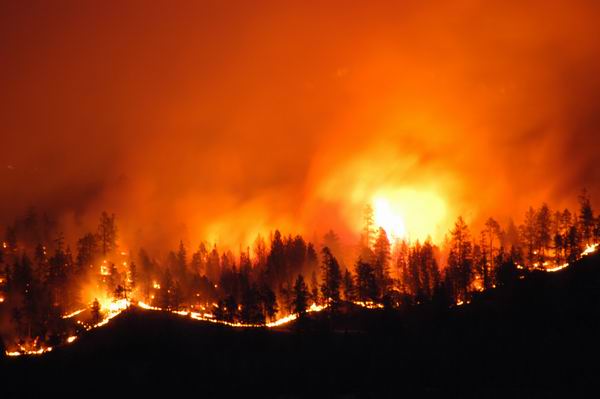
The bright yellow explosion
in the right of the image is a group of trees bursting into flames. This
photo was taken after dark with a 80 – 400 VR lens. The D100 light
Meter was excellent.
The idea of switching over to a digital camera had been an itch in my
photographic pants for some time. Up till about a year ago, however, all
I could do was drool heavily every time I walked into a camera store and
saw the little devils sitting behind the display case glass like little
prisoners just waiting for me to come along with the cash and bail them
out.
When the big day arrived, I woke early with all the excitement of a child
on Christmas morning, dragged my somewhat reluctant companion Tracey Lalonde
out of bed, and then we made the hour and fifteen minute drive to the
nearest camera store that carried the photographic gems that I was convinced
would enhance my image making ten fold. 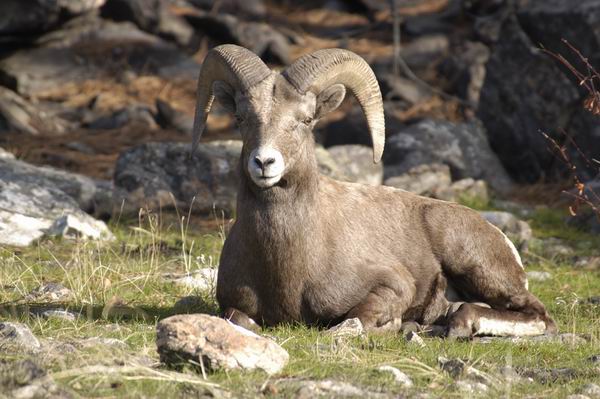
I’ve always enjoyed
the autumn around the Okanagan Valley. The Bighorn Sheep
Come down from the summer range high in the mountains and they lay around
in the meadows where they are easier to photograph. This image was taken
under harsh lighting conditions with a Tiffen 812 warming filter.
We walked out of the store half an hour after we’d arrived into
a brilliant blue-sky day with a brand new Nikon D100 that was already
out of the box. At the time I was convinced that the smile on my face
must have made me look like a raving lunatic to passers by. Oh well, they’ll
get over it, I thought and then jumped into the Jeep, slapped a 28-70mm
AF-S Nikkor lens on the camera and drove away in search of the first photo
ops.
The first shots happened right after we stopped for gas. I’d managed
to talk my co-pilot into taking the wheel so I could fiddle with all the
new buttons on the camera, and as we drove down the crowded highway, I
shot one frame after another at passing vehicles, billboards, and every
other subject that certainly would not be useful for anything.
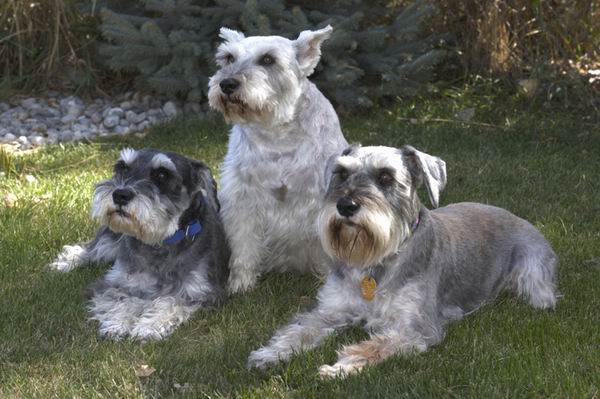
These cute dogs were shot in the shade on a clear sunny day with an 812 warming filter. The hardest part is in the posing of the dogs.
It was like ascending a stairway into magical world where you could eat
as much ice cream as you wanted and would never grow fat. One frame after
another, clicking away to my hearts content without ever worrying about
wasting the precious film that up in Canada, where we live, costs around
$25-plus for one roll of 36, developing included. “This is going
to be great,” I said to Lalonde.
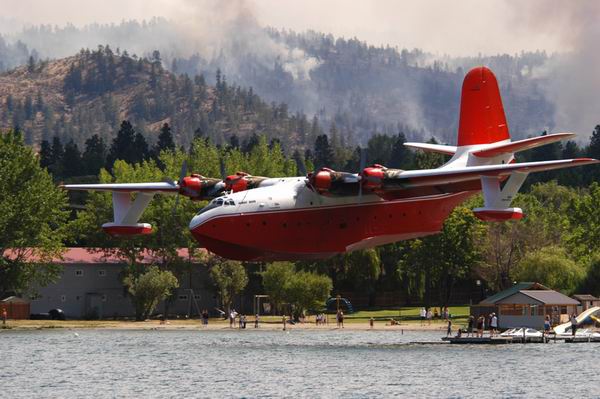
Martin Mars Water Bomber:
Using a fast shutter speed, the D 100 was able to
freeze - - as well as any film camera – the giant Martin mars as
it flew in to pick
up water.
Little did I know, that faithful day, that my learning curve in the quest
for digital excellence—or a least a half decent shot—was going
to get thrown into overdrive. Looking at photographs on the computer the
following day I found spots on the images that looked in many ways like
the familiar dust that sometimes shows up on scanned photographs. And
as I soon found out these little dust devils were a fairly common occurrence
with the interchangeable lens digital cameras.
Panic stricken, I phoned the dealer from which the D100 was purchased
and asked what could be done about the little specs of dust that would
surely ruin any photo I made that included a sky or other lighter subject.
He suggested that I either live with them—removing them from the
images in Photoshop after the fact or send the camera off to Nikon to
get it cleaned every time a spec of dust became evident. (Like, easy for
him to say—a portrait photographer whose greatest adventure is photographing
a family in the wilds of there own back yard.)

These small, yellow flowers were shot handheld with a fast shutter speed and the D 100 metering system worked fine.
After contemplating the dealer’s solutions for a couple of seconds,
I thought my life was coming to an end. Or at least my ability to take
the D100 with me on any of the outdoor adventure assignments that had
been dominating my life for the past five years. How the hell was I going
to be able to afford to pay a Nikon tech to accompany me when climbing
a 500-foot wall of ice in the Rockies.
Then it hit me, an epiphany, I would go on the trusty Internet and find
out if there was any solution for my dilemma. It took a few days and tons
of cussing, but I finally found an answer that should have been obvious
in the first place…that’s right, I’m not going to mention
it here. But if you are having the same kinds of problems with your digital
camera check out this website: www.bythom.com/cleaning.htm.
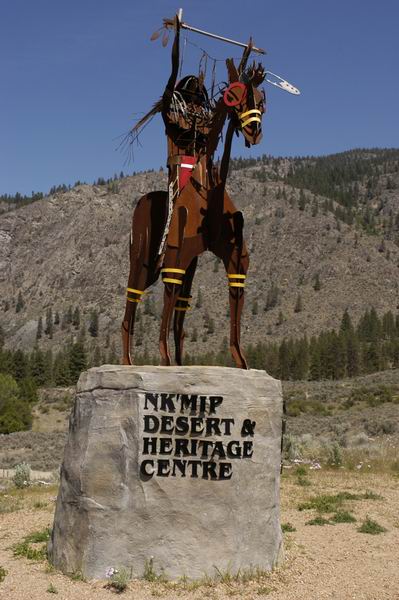
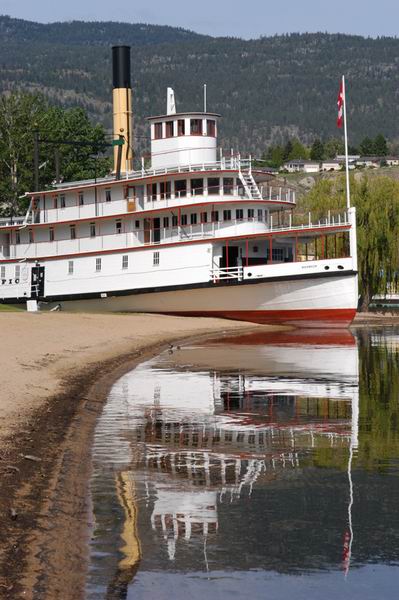
The next challenge in my pursuit of digital excellence, that followed
up the dust devils fiasco like so many partisans in a New Orleans funeral
precession, reared its ugly head in the form of digital cameras—in
my opinion at the time—making truer colors (and to my eye more subdued)
than say films like Velvia. In other words, those pale blue skies really
looked pale blue. At first blush, this seemed like another job for the
infinite wisdom of the great knower of all knowledge Cyberspace, but after
playing around with some of the cameras features—and finally reading
the manual, I was able to improve the color in certain images.
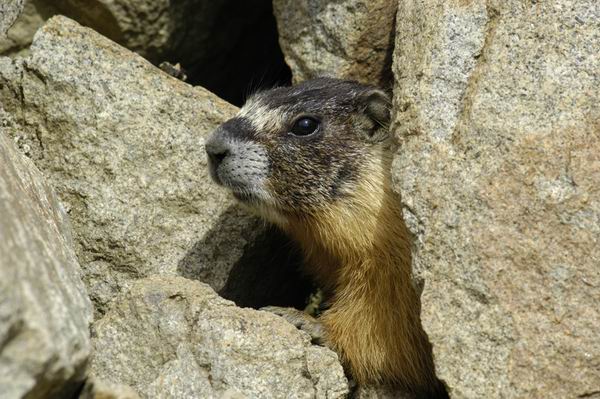
When photographing the tiny
marmot it takes the patience known only to monks and die hard nature photographers.
There is a need to shoot dozens of images
When trying to capture a great pose. The digital camera solves this problem.
I saved all that film and simply deleted all the poor shots.
To enhance the colors of my digital images, I set the D100’s color
mode to III instead of the camera’s default setting I. According
to the manual setting number I is for portraiture and number III is for
nature and landscapes. This seemed to work well for most of the images
I shot, but they just weren’t quite there yet. The next step was
to figure out what effects Tone Compensation, White Balance, Hue Adjustment,
and Image Sharpening would have on the individual photographs.
The next mode adjustment I tackled was Hue, and this one proved to be
a bit tricky. The idea behind adjusting the hue when making an image with
a digital camera—from what I gathered—is to try and get the
colors as close to the actual subject, background, etc., as possible.
I thought if the hue was cranked up a little bit, then the images would
be more saturated. Wrong! After setting the camera at 3? the first thing
noticeable was the color of a red hat, that Tracey was wearing one day,
which looked orange in the images I made of her. Needless to say, I quickly
reverted back to the original setting, and then looked elsewhere to enhance
the images.
In the end, after playing around with every bell and whistle on the D100,
I settled on a fairly straightforward group of settings within the camera,
leaving the White Balance on auto, Hue set at 0°, Tone Compensation
on auto, the in camera sharpening set at low or none, and the Color Mode
left at III which seemed to work fine for most image making situations.
In the manual it explains in detail how to fine tune features like White
Balance etc., but only time and tons of practice and messing around with
the settings can give a digital newbie like me the confidence to change
up the settings in situations where getting a great shot is paramount.
Most of the other features in the camera, like exposure metering, focusing,
and depth of field etc., work just like any other Nikon camera I’ve
ever used. Using Nikons professional lenses, for instance, I found the
focusing seemed to work just fine, as good as some of the SLR film Nikon
cameras that I’ve used. It was no problem nailing rafts attacking
some major rapids on the Thompson River in British Columbia despite the
constant movement of the water and the rafts. To accomplish this, I stood
on the edge of the river with a Nikkor 28-70mm F/2.8 AFS ED on the D100,
focus set on auto continuous, with dynamic auto focus engaged. I also
used an 80-200mm Nikkor and a 80-400mm VR Nikkor.
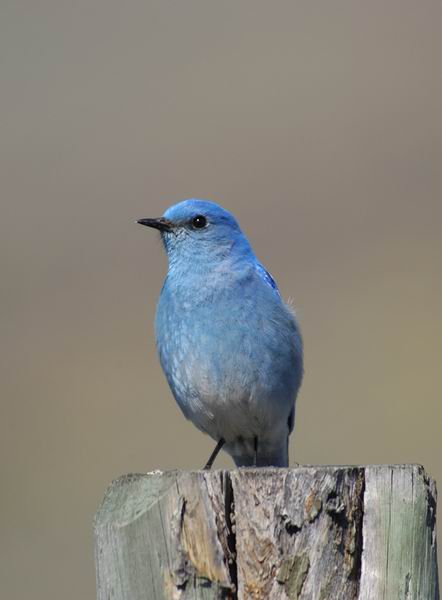
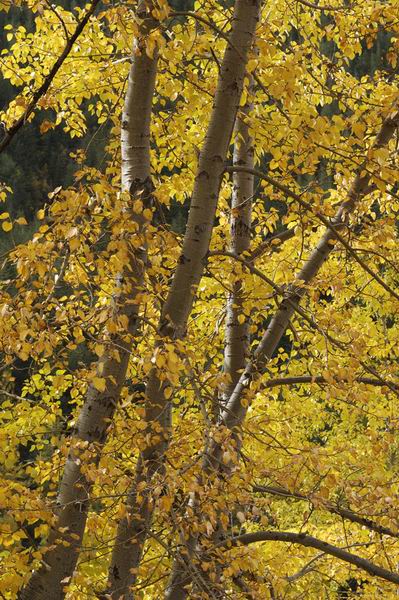
The more I’ve worked with the camera over the time I’ve had
it, the more it seems very similar to using a film SLR. As James Moershel
pointed out, you can still use polarizer’s and other filters to
achieve the desired effects or to tame the beast that is harsh lighting
conditions. The pictures I’ve made in the last year have improved
greatly over the first month or so, and soon it will be time to rise early
and make another trip to the camera store to bail out another digital.
With my itch nicely scratched I leave you with the images that dot this
article to judge for yourself if digital is the way to go. Personally,
I’ve never shot so many images in the nine years of my own photographic
adventure and have recently—like in the last couple of days—decided
to purchase another digital, the Fujifilm FinePix, S3 Pro when it comes
out up here in the boonies. That beauty is supposed to have a total of
12.3 megapixels floating around within its digital interior, and apparently
will shoot images close to film in quality.
True, digital might not be for everyone, but it sure has worked for this
humble, Canadian photographer who is now getting to shoot just enough
pictures so that the act of being behind the camara is feeling comfortable
once again.
End.
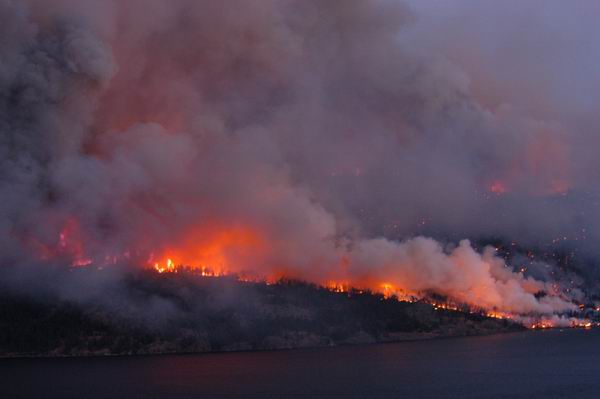
This fire scene was taken at the Okanagan Mountain
Park. It was a handheld shot
At dusk from across Okanagan Lake as the fire raced towards Kelowna, B.C.
The
D 100 read the tiny bit of light and the bright flames as well and with
the help of a
80 – 400 VR lens, I was able to produce a sharp image under difficult
lighting conditions.